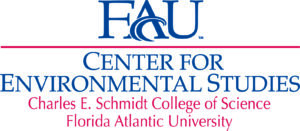UF med students: Microplastics are a microscopic menace to Florida and coastal residents
The ocean is a major reservoir for microplastic contamination, putting coastal cities like Jacksonville at increased risk.
The ocean is a major reservoir for microplastic contamination, putting coastal cities like Jacksonville at increased risk.
Nanoplastics are attracting growing concern thanks to technological advances that have made them easier to detect and analyze.
The trash problem first became evident in the 1980s and 1990s, when climbing and trekking in the region began to ...
Scientists found that more than 3,000 river basins globally are at risk of water scarcity by 2050 in one future ...
These cheaper-to-make, cheaper-to-buy items are discarded faster, generating waste and greenhouse gas emissions.
Proposed state legislation (HB 1641/SB 1126) identifies single-use plastic and polystyrene as containers that cannot be regulated.
The findings have implications for human health as nanoplastics are small enough to pass through the gastrointestinal tract, lungs.
These efforts have made recycling an option that consumers see as important – but to the detriment of more sustainable ...
For sea turtles to thrive, they need healthy beaches where their eggs can incubate successfully.
Plastics have been found from the deepest ocean trench to the most remote Arctic ice.
The Invading Sea is a nonpartisan source for news, commentary and educational content about climate change and other environmental issues affecting Florida. The site is managed by Florida Atlantic University’s Center for Environmental Studies in the Charles E. Schmidt College of Science.

Sign up to receive the latest climate change news and commentary in your email inbox by visiting here.
We are seeking continuing support for the website and its staff. Click here to learn more and donate.
© 2022 The Invading Sea